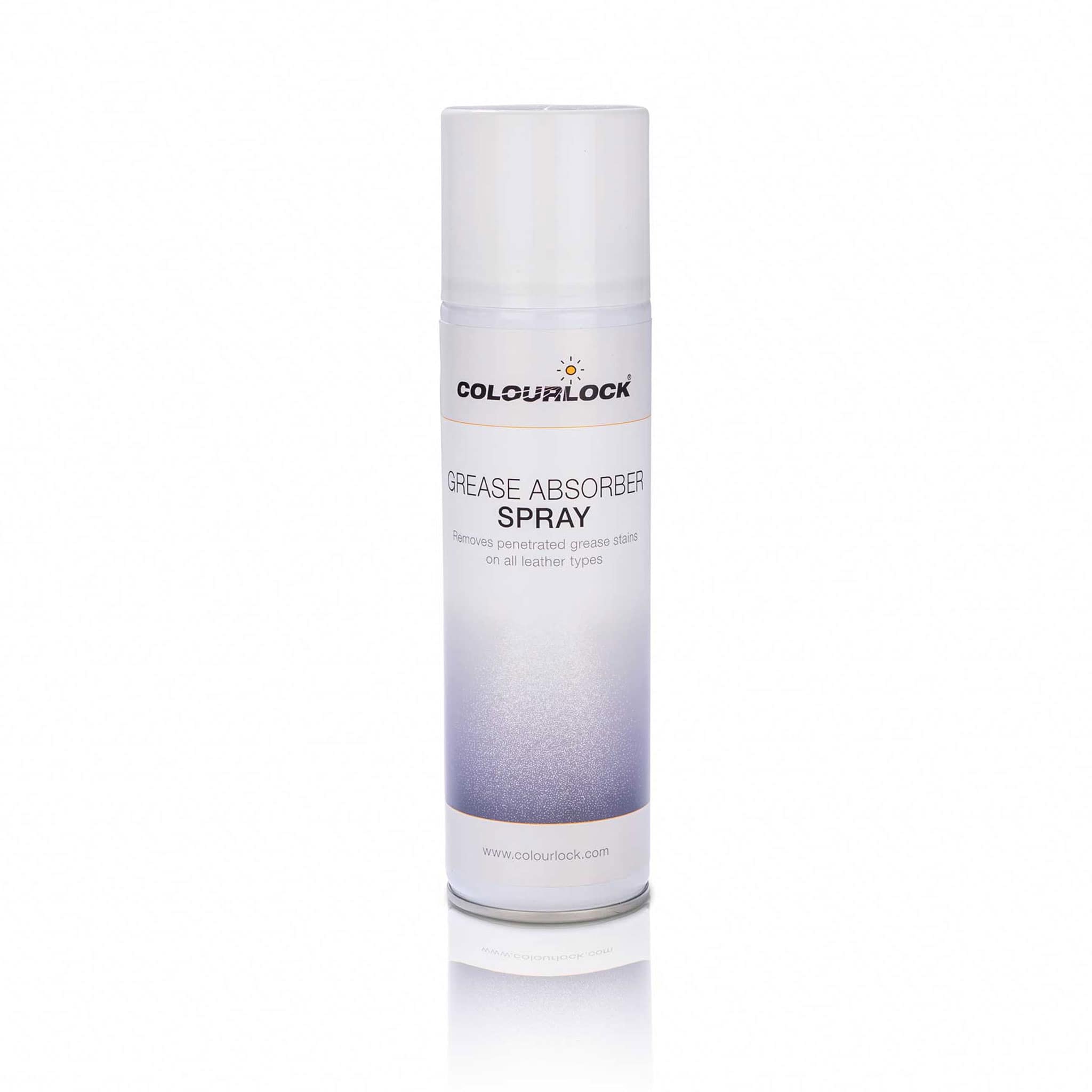How to remove oil, grease, resin or chewing gum stains on leather
PIGMENTED LEATHER: Pigmented leather is the grain side of the leather with a binder based colour coating on the surface. Carry out a water rubbing test. A drop of water wouldn’t penetrate the surface. Most pigmented leathers are semi-gloss, of one colour (one tone) and have a grained surface.
ANILINE: Aniline is porous grain side leather. When you carry out a water rubbing test, a drop of water would penetrate into the surface and darken it.
SUEDE AND NUBUCK: Suede and Nubuck have a velvet-like surface. Suede is the backside of the grain split or the two sides of a flesh split. Nubuck is the sanded grain side. The velvet effect is much finer. Nubuck and Suede are also porous and sensitive leathers.
PU-LEATHER: PU leather is also called “bicast leather” or “bycast leather”. These are polyurethane coated split leathers. Split leather is the flesh side (it is the less stable suede leather when leather is split into grain side leather and flesh side leather). A grain structured film is glued on top of the split leather to make it look like the more valuable pigmented grain side leather.
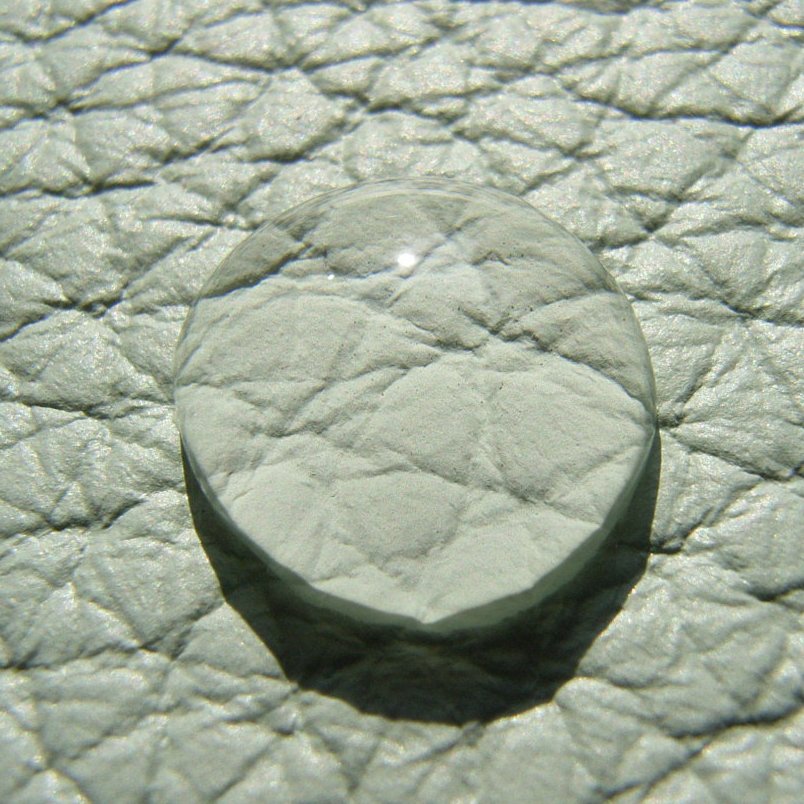
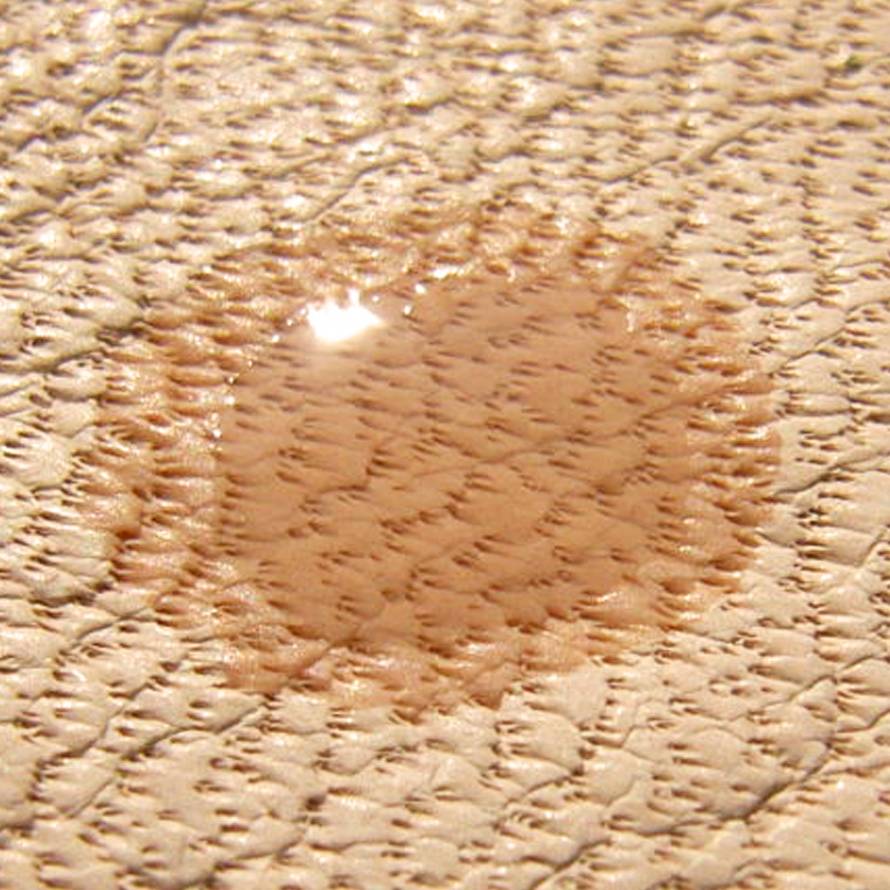
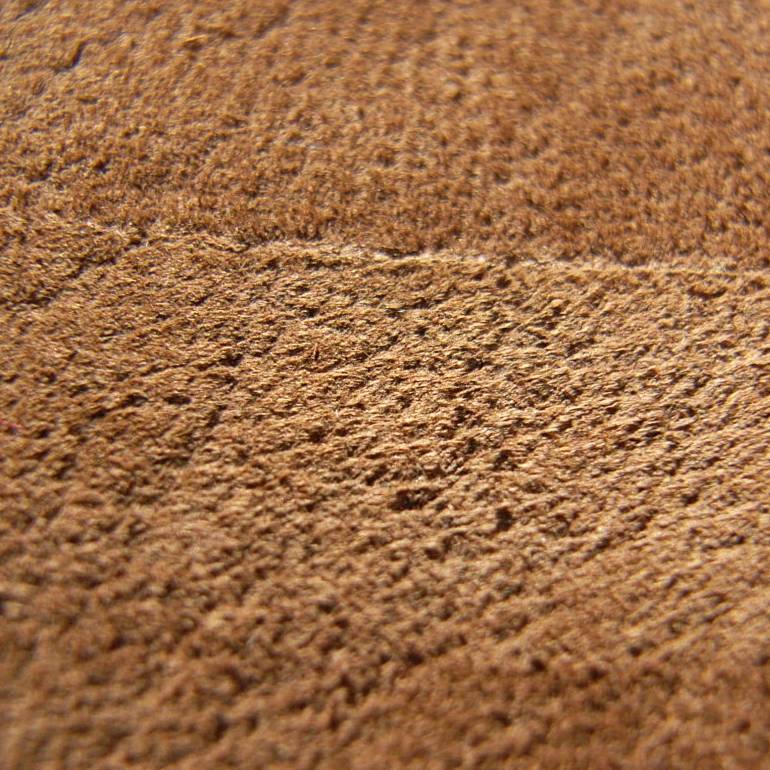
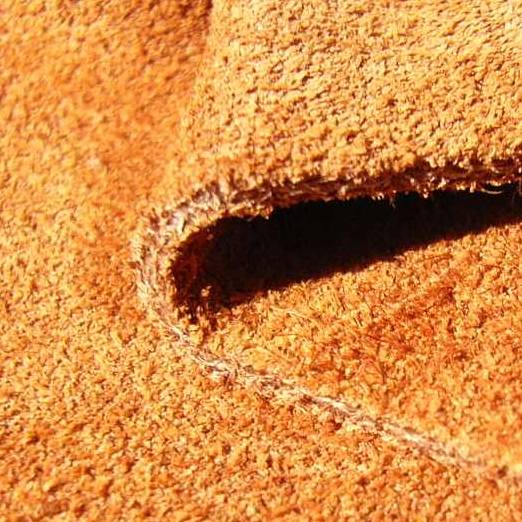
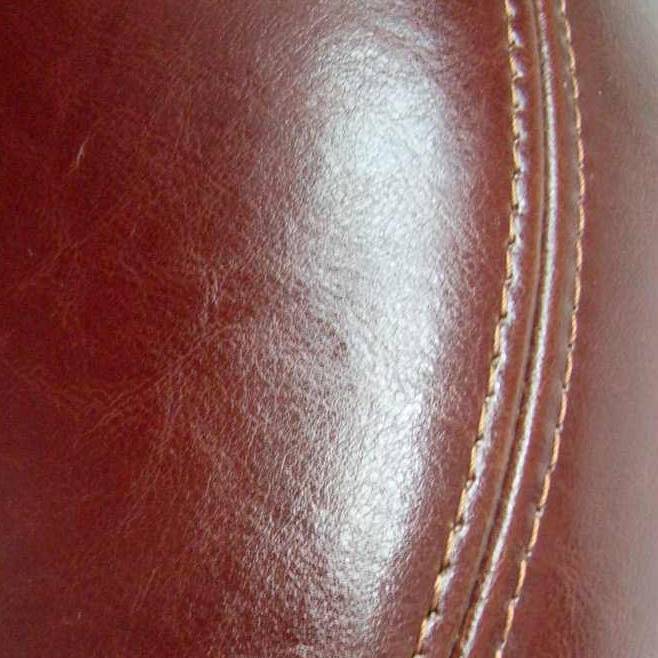
OIL AND GREASE STAINS
Fresh oil and fat stains are easier to remove than older
stains. Coloured fats and oils are more difficult to remove. Also
previously attempted improper cleaning attempts can reduce the chance of
a satisfactory result.
COLOURLOCK Grease Absorber Spray is
a solvent based spray mixed with an absorbent powder. Spray the
COLOURLOCK Grease Absorber onto the stain and let dry completely. The
solvents contained in the product dissolves oils and fats and the powder
absorbs it. The remaining powder has to be vacuumed or removed using a
brush. This process has to be repeated until the stain is removed or no
further improvements can be achieved. The spray can be used on all types
of leather. Please refer to the appropriate manual and always test
first in an unseen area.
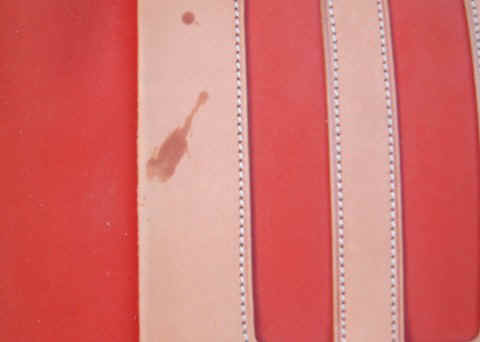
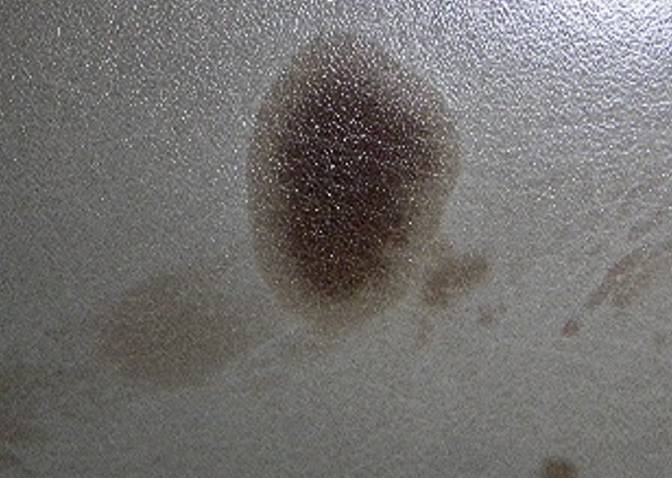
RESIN STAINS
PIGMENTED LEATHER
First try to remove sticky residue by sticking and removing
masking tape. This method is harmless and further processing is easier.
Encrusted resin or resin residues will remain. Remove remaining resin
with turpentine. But always test solvent cleaners first in a hidden area
for any surface changes and proceed with caution. Sometimes a simple,
transparent eraser can be used to remove the remaining stains.
Please contact us if stains are not completely removed. We may be able to recommend a suitable alternative.
ANILINE, SUEDE AND NUBUCK
Resin on porous leather sinks into the surface. You could
try to remove with turpentine, but the risk of additional solvent stains
is high.
In most cases, DIY products may not help and may need
to be treated professionally. Please contact us with photos for further
help.
CHEWING GUM STAINS
PIGMENTED LEATHER
Chewing gum gets rigid, firm and brittle when cooled down.
Cool larger chewing gum residues on pigmented smooth leathers with a
cooling element from the freezer or ice spray and try to remove.
Residual stains can often be removed with a transparent eraser.
Please contact us if stains are not completely removed. We may be able to recommend a suitable alternative.
ANILINE, SUEDE AND NUBUCK
Chewing gum on porous leather leave visible stains. Residues
on aniline sink into the surface and on suede and nubuck it bonds the
fibres. Also try to remove by cooling down to make the residue brittle.
Please contact us if stains are not completely removed. We may be able to recommend a suitable alternative.
INK STAINS
Lighter ink stains on pigmented leather can be removed like ballpoint pen marks on pigmented leather. COLOURLOCK GLD Solvent is the first choice. Follow the manual for discolouration.
When
ink stains sink into the leather, it will need to be treated
professionally. Please contact us so we can refer you to someone in your
area.
Large ink stains on suede and nubuck can't be saved even by experts. Please email us photos so we can assist you.
Recommended products

